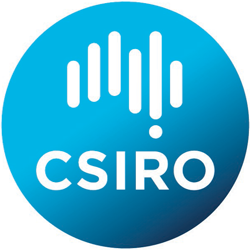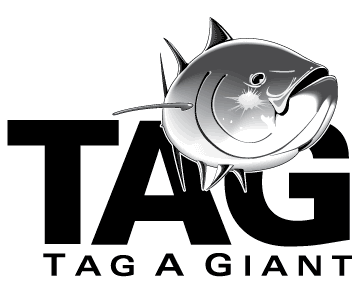Rebecca Whitlock, Charles Farwell, Elliott Hazen, Andreas Walli,
Murdoch McAllister, Andre Boustany, Robert Schallert,
Mike Castleton, James Ganong, Steven Bograd, and Barbara Block
Session 3, Talk 3, 18/1/16 @ 1530 hrs
Biologging using electronic tags has paved the way for major advances in our understanding of the ecology and population dynamics of bluefin tunas in the past two decades. The Pacific bIuefin tuna population is severely depleted and urgent management action is needed for rebuilding. In the eastern Pacific Ocean, returns of archival tags deployed on over 750 Pacific bluefin (~50% return rate), have provided important information about natural mortality rates, year class specific harvest rates, and seasonal patterns of migration in the California Current. Trans-oceanic migrations from the eastern Pacific to the western Pacific Ocean offer an insight into the age at first spawning for migratory Pacific bluefin tuna.
Peritoneally-implanted archival data storage tags have also revealed when and where juvenile Pacific bluefin feed, by applying a laboratory validated model to estimate energy intake from visceral warming measured in wild fish in the California Current. These estimates allow identification of foraging hotspots, areas of high feeding success and potentially high aggregation, that together with oceanographic correlates of feeding success can help predict environment-driven changes in distribution. Making use of the information about life-history (natural mortality and age at maturity), spatio-temporal patterns of habitat use, and interactions with fisheries from electronic tagging data is key in contributing to more biologically realistic models and formulating management advice for stock rebuilding.
Contact: R. Whitlock, Tuna Research and Conservation Center, Stanford University, USA, and Swedish University of Agricultural Sciences, Sweden, This email address is being protected from spambots. You need JavaScript enabled to view it.














